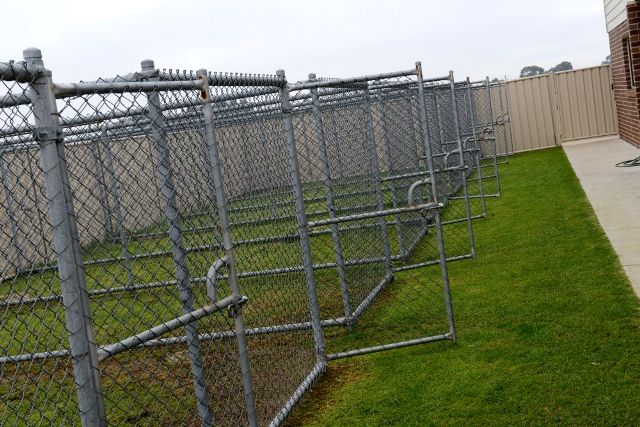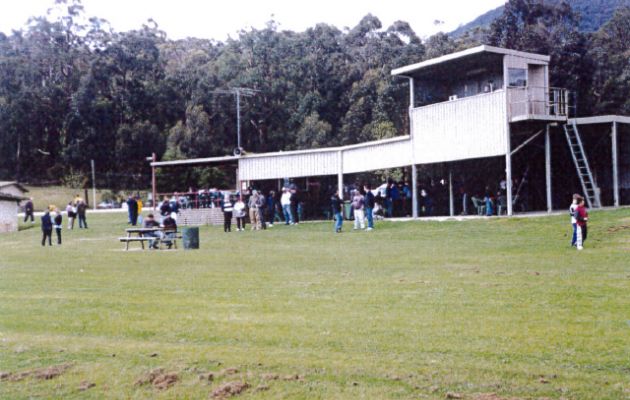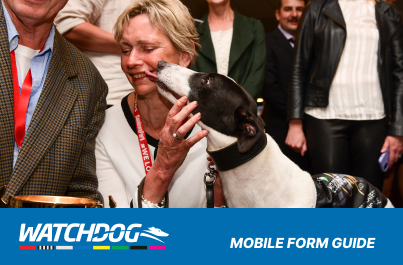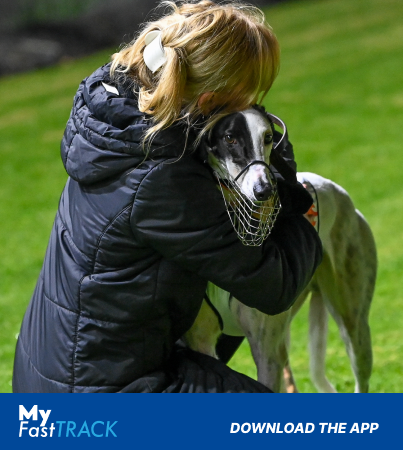
- Monday, 10 Nov, 2014,
- by Greyhound Racing Victoria
Greyhounds & Fencing: The Rules All GRV Members Should Know
As many of our members will be aware, the GRV Compliance & Education team are now inspecting all new training facilities. This is to ensure that all of our new trainers are starting their training career with appropriate facilities.
They are also spending time assisting participants that are having issues with their local council – whether that be barking complaints, issues relating to the number of greyhounds housed on a property or even helping our participants obtain planning and local law permits (with quite some success!).
As the Compliance & Education team have travelled across the state and visited hundreds of greyhound properties, they are seeing a number of common areas where the facilities are not currently compliant with the minimum standards outlined in the Code of Practice for the Operation of Greyhound Establishments.
The most common areas that need addressing are the provision of water containers that are of a non-spillable design, the provision of shade (both of which are vitally important coming into the hot summer months), and the fencing that is used at many greyhound properties.
[divider] [/divider]
In regards to fencing the Code of Practice states:
• Kennels or Yards may be separated by either solid partitions, galvanised chain wire, or weld mesh dividers.
• Fencing must be maintained in an escape proof condition, with wire mesh not exceeding 75mm x 50mm hole size.
• Puppy enclosure (pups less than 8 weeks) fences should not exceed a mesh size of 50mm x 50mm.
[divider] [/divider]
[divider] [/divider]
A number of greyhound properties have kennels that are correctly fenced, but yards that are not. So if your kennels and yards have ring lock, or large hole size wire, you will not only be failing to meet the minimum standard, but you will also risk injury to your valuable greyhounds. The aim of the fencing is to safely enclose the greyhounds and to prevent injury – either from greyhounds fighting through a fence, or from them getting legs or heads caught in the larger holes, particularly if they are running along the fence at the time.
Many of our participants are concerned about the cost of ‘replacing’ large areas of fencing, but there are many things that can be done to make an existing fence compliant. Sometimes the addition of shade cloth or chicken wire to an existing fence can make the fence safer and prevent injury or escape. If you would like some advise, our Compliance & Education team are more than happy to discuss options with you.
[divider] [/divider]
Information Roadshows to Kick Off at Warragul
The Compliance & Education Team will be hosting a number of information sessions across the state over the next few months, with staff on hand to confidentially answer all of your questions in relation to Council Permits, Code of Practice requirements, Kennel Construction and how you can meet or exceed the minimum standards. The first of these will be at Warragul on Monday 24 November at 6:00pm.
Where: Warragul GRC
When: Monday 24 November from 6:00pm
What to expect: The Roadshows provide a wonderful opportunity to receive advice from experienced, trained people in a friendly environment, so why not take advantage of their expertise? Please note this is not a race night.
[divider] [/divider]
Related: Compliance Team to the Rescue
[divider] [/divider]


Greyhound Racing Victoria
GRV regulates the sport of greyhound racing in the state of Victoria under the Racing Act 1958 (Act), which includes setting standards and ensuring they are met by participants.
Featured
Latest news
Watchdog


Celebrating 25 Years
Healesville greyhound racing reaches a significant milestone today
Newsletter Signup
GRV WEBSITES
GRV WEBSITES
Quicklinks
Report misconduct or suspicious activity
Call Investigations Hotline 24 hours a day - 7 days a week






